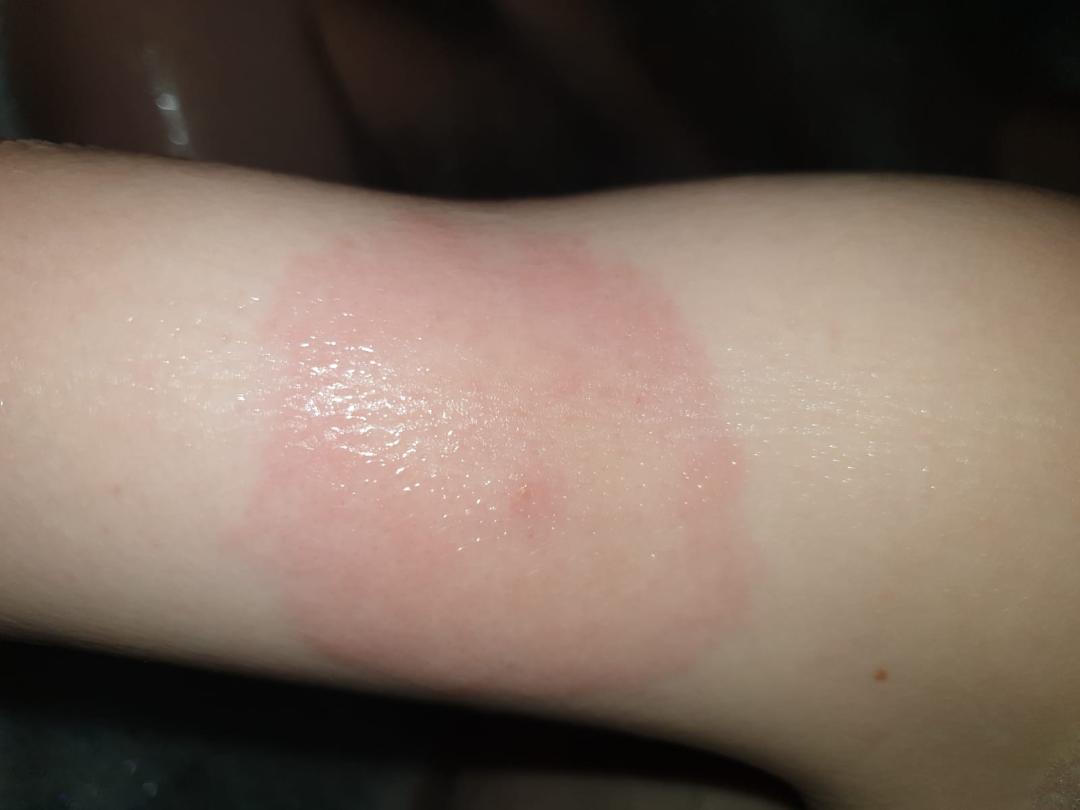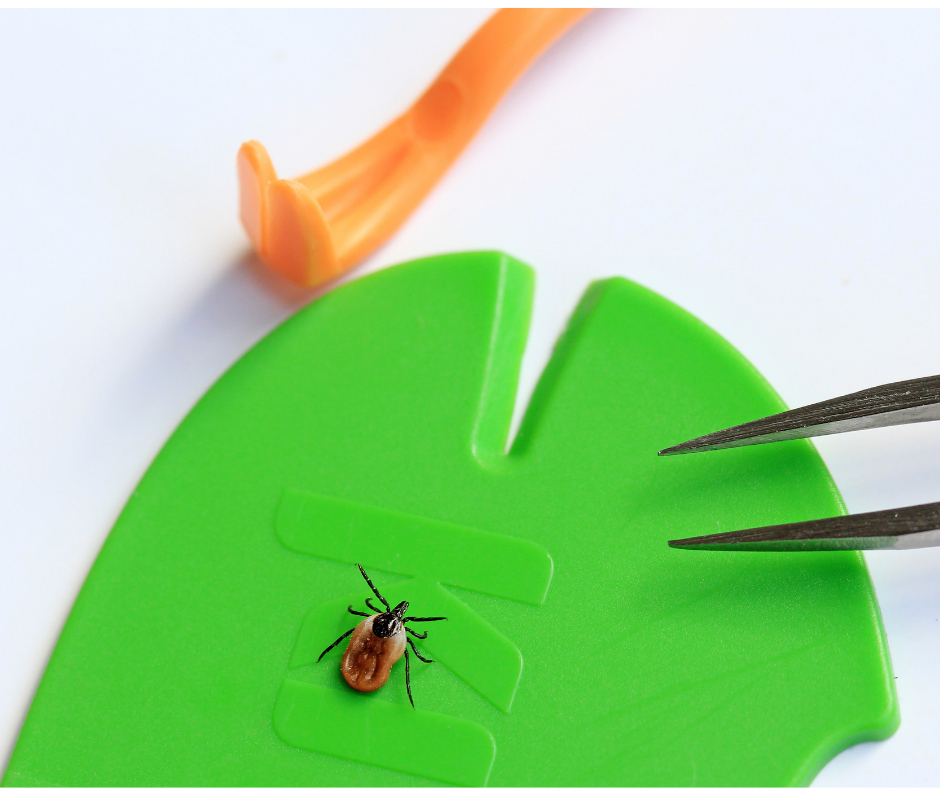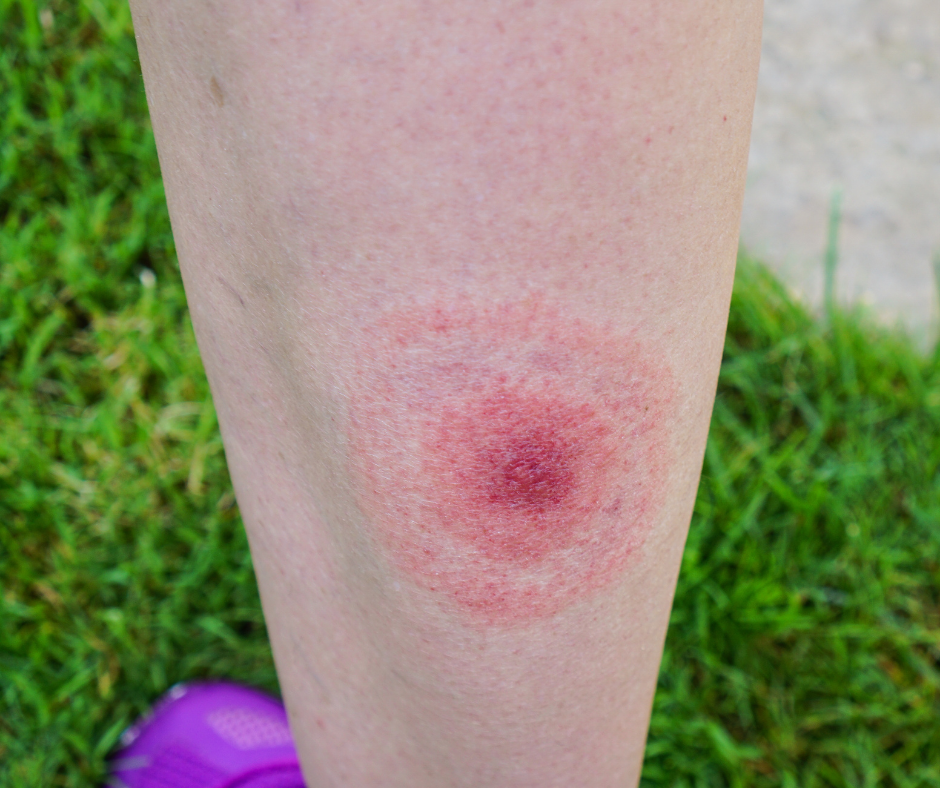If you’re a seasoned hiker it’s likely that you’ve heard of Lyme disease, or at least come across a tick or two when out spending time in the beautiful UK countryside.
Being outdoors is great for your health, but as we mark Lyme Awareness Month and the beginning of peak tick season, we’d like to share some information to help people enjoy the outdoors safely.
What is Lyme disease?
It’s an infection spread by tick bites, which can attack the nerves, joints, heart, brain, eyes and cause a characteristic skin rash. It can be a debilitating illness that’s difficult to cure if not treated promptly. Latest research suggests there could be around 9,000 cases a year in the UK – that’s 24 people a day catching the disease.
Ticks are most active from May to October but present all year round. They live in long grass, woodland, parks and urban gardens.
Not all ticks carry Lyme disease, but if you are bitten by a tick, it’s important to know the signs to look out for. And of course, the best way to avoid catching Lyme disease is to avoid being bitten in the first place!
Tips for protecting yourselves from tick bites:
- Tuck in your clothing! Tuck t-shirts into trousers, trousers into socks, and so on. Not the most attractive of looks, but it blocks their route of entry!
- Wear light-coloured clothing, so you can spot any ticks on you.
- Spray insect repellent on exposed skin and consider spraying your clothes/tent with permethrin if you’re going camping.
- Stick to well-maintained pathways where possible, avoiding long grass.
- Check yourselves (and your pets!) for ticks as soon as you return home. They can be as tiny as a poppy seed and you won’t feel a tick crawl on you or bite you. Be sure to check your belly button, groin area, armpits and between your toes, in your hairline and behind your knees.
- If you find a tick attached, remove it immediately with a tick removal tool (you can buy them online for a few pounds), or a pair of pointed tweezers. Lift straight upwards. NEVER squeeze the tick’s body. Disinfect the bite area and wash your hands.
- Do not rub oil, alcohol or Vaseline on the tick. This may cause it to vomit potentially Lyme-infected bacteria into your body.
Signs and symptoms to look out for:
Lyme disease is often called the ‘great imitator’, as its symptoms are similar to a lot of other illnesses, like chronic fatigue syndrome, MS and even COVID-19.
Symptoms include:
- Fever
- Headaches
- Stiff neck
- Nerve pain or numbness
- Fatigue
- Cognitive issues
- Joint and muscle pain
You may also develop a bull’s eye type rash. This symptom is characteristic of Lyme disease but only around two-thirds of people get it.

Symptoms can take anywhere from 3 days to 3 months to appear.
If you know (or think) you have been bitten by a tick and you become ill, see your doctor who can prescribe antibiotics to rid of the infection.
If you would like any further information on Lyme disease symptoms, testing, treatment or prevention please visit caudwelllyme.com.



